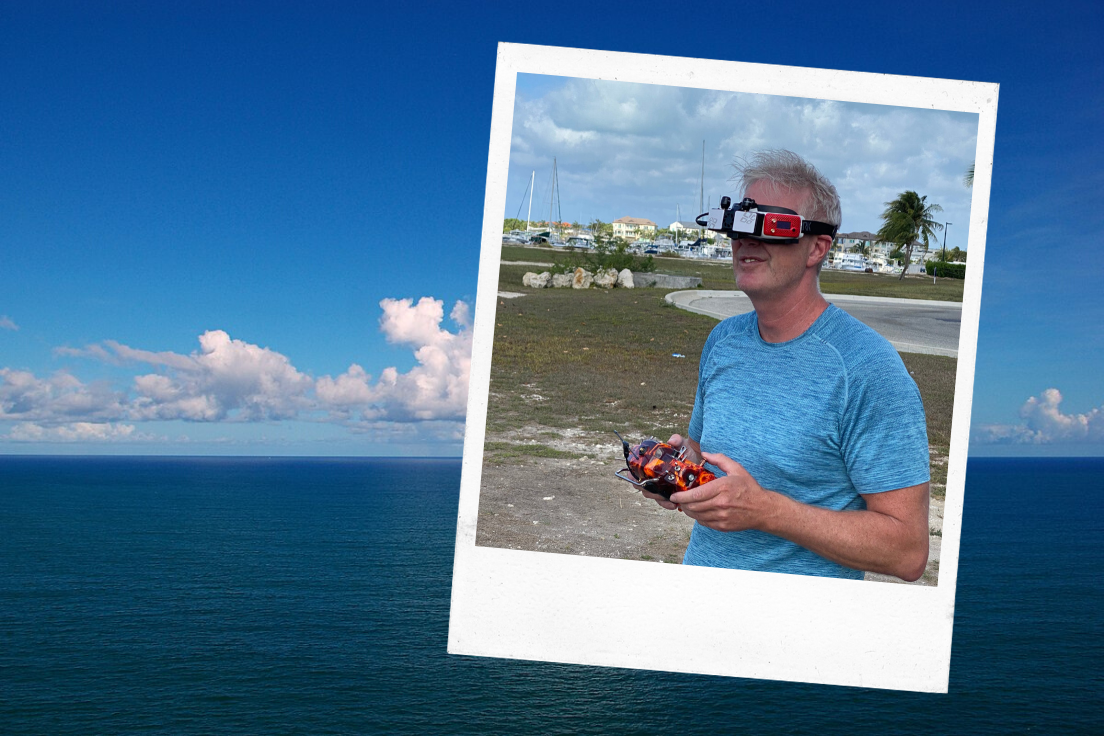
Meet Greg French founder of Fat Shark
Originally a radio-controlled car enthusiast, Greg French discovered camera-fitted aircraft and first-person-view (FPV) headsets in the early 2000s and was hooked. French seized the opportunity to improve upon the design and functionality of FPV goggles and launched Fat Shark in 2007. Just over a decade later, French now spends his time between China and the Cayman Islands, and the majority of top pilots choose Fat Shark for their FPV headsets.*
We met up (virtually!) with French to discuss the world of FPV goggles, the future of drone racing, and global living.
CEC: Tell us a little bit about yourself and what led to the founding of your FPV goggle company, Fat Shark.
GF: I’m Canadian. Born north of Toronto, Barrie area. I did Mechanical Engineering at Western University. My interest in sports always kind of influenced where I worked. It took me on an interesting path, and I ended up working at a tech company in Portland, Oregon. That company was sold to a Chinese company and I was shipped to China along with all the manufacturing equipment to go set it up and do technology transfers. After they were all set up and running, I was essentially unemployed. I was living in my future wife’s apartment living on her salary.
What was interesting was that the area, Shenzhen, even at that time was a sort of technology hub in China. There were a lot of electronic markets and I would go in my spare time to try to find products that I could sell online. I started getting interested in finding cameras and transmitters, putting them on small RC cars and driving them around. Of course, we got a little frustrated with all the cables and wires, it was not a very robust system. So, my engineering kicked in and I started working with local suppliers to integrate the systems into a single goggle. So, that was how the first FPV goggle was invented.
CEC: We have to ask - what’s the story behind the name “Fat Shark?”
GF: Well, as you could imagine, at the beginning we didn’t have much cash, so I wasn’t going to spend money on marketing. I had a buddy that worked at Nike, he was a copywriter, so I phoned him up for some advice. He said to put two unrelated words together and that’s kind of how you come up with a name. I don’t know why I picked ‘fat’ and ‘shark’, it just popped in my head. When I told my friend, he said that’s the worst name ever for a goggle manufacturer, sharks are blind, and said go for it. I thought it would be funny and I didn’t have any expectations for the company at that point. But the company was successful, and I think that’s part of our success. Having a name that’s memorable, it’s differentiating from the other stuff that’s on the market.
CEC: The majority of top drone pilots now use Fat Shark goggles. For those who aren’t familiar with the drone scene, what purposes do FPV (first-person-view) goggles serve and what has set Fat Shark apart from others available on the market?
GF: Essentially, it’s a pair of video goggles but what it has is an integrated receiver. So, it’s able to take a camera feed from a drone and transmit directly to the goggles. So, when you’re wearing the goggles, you’re getting the perspective of a drone. Which then allows to you fly that drone with a lot more accuracy as opposed to looking at it from the ground. In a lot of other cases, drone onboard information can be added like battery voltage, power usage, GPS, and your signal strength. All of that can be overlaid the image so when you’re wearing the goggles and piloting a plane, you got all your critical operating statistics at a glance. It’s a convenient and unique way of viewing.
[In terms of HD streaming with the goggles], it’s a result of being in the right place with the right brand. We’re large enough and well-known enough now that when a new company or new technology becomes available, they’re not afraid to work with us. It’s always been my strategy in a company to not spend a lot on engineering but use existing technology and existing vendor engineering. Remove the cost of engineering and use the engineering experience of established companies. We were fortunate that we attracted a new HD company that’s very promising and that we’re working very closely with.
CEC: You obviously have an extensive background in drone piloting yourself but seeking product feedback directly from other top pilots seems to be central to what Fat Shark is doing. How does your feedback process work and what insights have you gained from this feedback?
GF: I can pull from my extensive background when it comes to testing our products. I try to put a few packs in on a drone on a regular basis just to keep my flying skills up. So, when we do have a new product being developed, I can test it thoroughly myself before pulling in beta testers. Which allows me to get and keep the design feedback cycles quickly early on without having to wait on a bunch of trivial feedback, and then we’re able to bring on the beta testers. Before we go to production, we can get all the refined feedback from a bigger group of people without being bombarded with a bunch of stuff that we could have caught ourselves.
We get requests from top pilots to take specific features that FPV need to be optimised for, for the actual applications. But my expertise now is being able to make a good display. The biggest deciding factor in what makes a good FPV goggle is optical and display quality. It’s much more my ability than a pilot’s to make the best possible display and they listen to the pilots on what they want for features. Being a relatively small market, they have a list of specific things they want but they don’t understand the side of manufacturing costs, engineering costs and the size of the market. So, you have to balance what they want between what is realistic because if you did everything, you’d end up with a product that’s too expensive for the market. But that gets easier to do the more I do it. It’s about balancing what their feedback is versus the manufacturability.
A lot of our success comes from being empathetic to our customers. One of the things we do is have a very extensive repair network. If you're shipping a product from China, sometimes the quality slips occasionally, stuff arrives dead on arrival or there’s the piece of dust that might get into the display during shipping. Instead of making them ship it back to China, or even deal with their local retailer, they’re able to ship to a local repair centre which is other FPV pilots who do this work on the side. They’ll get their goggles fixed no questions asked and back to them within days.
So, that’s one of the bigger services that we’ve done. We’re very sympathetic to various situations, it’s an expensive hobby. Every customer is going to be your potential customer so even if somebody does buy something from eBay or second-hand and it fails, we still warranty it. If we have the parts, we’re going to fix it. That reputation has gotten us out there. If they’re able to buy without fear and know that if something goes wrong, the chances are low because it is high-quality stuff, but if it does happen either on their end or our end, they’re taken care of.
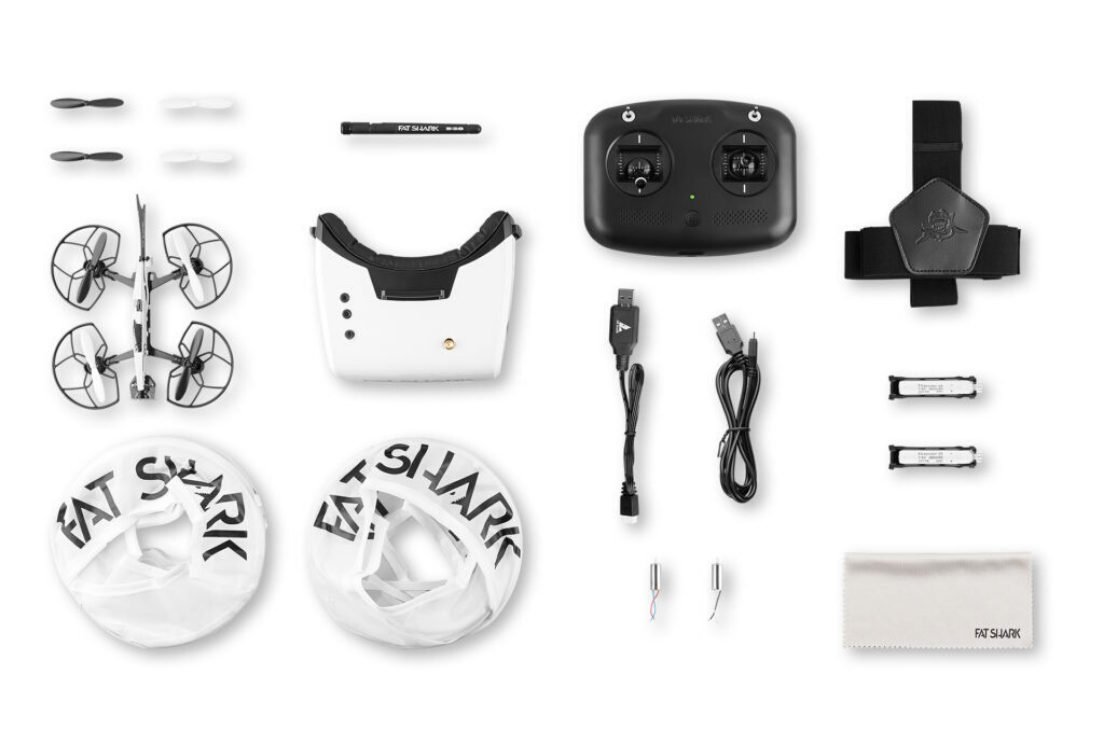
CEC: The sport of drone racing has experienced considerable innovation and momentum in the past few years. What do you attribute this growth to and what changes do you expect to see in the next few years?
GF: FPV, in general, had a huge growth when the technology became mature enough. There was just a massive influx of people and at that time all they were doing was just building a drone and having this neat experience of flying from the drone’s perspective, having a great time. That novelty wears off, and people like to challenge themselves, and, like motorsports, competition becomes a really attractive thing to do. So, I think it was more of a shift in the existing market, like people moving from being pilots to becoming drone racing pilots, that contributed to the explosion in drone racing.
I don’t think it’s racing itself that’s pulling in a lot of new pilots. So, as cool as it is, I don’t expect to see a whole lot of growth in drone racing. I think it’s a cool e-sport and certainly interesting to watch. I hope to be wrong. I’d like to see it grow but you also have to bear in mind there’s a very high barrier to entry for drone racing. Not only does it require a high level of skill, but it’s also not particularly easy to pick a drone and learn to fly it. Also, you have to be multi-disciplined and mechanical to be able to put the right parts together. You need to know how to use electronics and be good with computers because you have to hook up a flight controller to a computer and calibrate everything.
It’s a real learning curve and it also explains why there’s also a lot of retention of the customers. It’s frustrating to get it running and flying, but when you do it, you feel like you’re like the greatest person on earth because you managed to pull it off. So, it’s not for everyone. I think it may take a change in how the market operates for it to grow. Right now, it’s an exclusive club that people know how to build drones like hobbyists. In order for it to grow, it’d have to change to someone who gets into the hobby that doesn’t care about drones, will buy a prebuilt drone and just wants to race.
CEC: What keeps you excited and inspired about this industry and the work your team is doing?
GF: It’s more the curiosity. I like building headsets and optics. I get a kick out of building a really good product. What keeps it fresh and interesting is the continuing improvement in technology. It keeps getting more advanced which then allows us to keep making more advanced products. There are better design tools, higher resolution screens, and now with digital, it’s going to allow to get an even higher definition image to fly with. It’s fun to be part of the community, make people excited and give them a better experience. It’s just fun. When it starts to feel like work, and I’m just doing it to pump out a product, that’s when I know I’ll be done.
The online drone community is pretty tight. If I go to a drone race, you know a lot of the pilots and they’ll tell me they know who Fat Shark is. I’ve got personal friends through this industry that are all pilots and very interesting people. It’s such a diverse group of people that are drone pilots.
CEC: You spend a large amount of time in China working directly with manufacturers, but also have offices in Cayman and Toronto.* How do you manage your teams and balance your travel schedule?
GF: I use Skype. Even if I’m in China, and we’re in the same office, I’ll still talk to people on Skype. So, it doesn’t feel much different to work no matter where I am. I’ve been fortunate to have built up some great team members over the years. They operate independently and I’m just there to advise them and give direction on the products we’re working on. I’ve got some vendors who I give them a picture of what I want, and they’ll work together to sketch up what we’re going to do. Then they go out and work for a week or two and come back with some actual drawings and then we work together to take that to the next level. So, it’s pretty easy to handle remotely. I mean there are the time differences too but those can be quite beneficial sometimes. The opposite working hours with China allows you to be a bit flexible and have daylight hours to do activities.
CEC: As someone who has travelled to and worked in several countries, what are some of your favourite aspects about the Cayman Islands and Cayman Enterprise City?
GF: I really like the convenience here. Everything is so small and so close. When you do a lot of travelling, the last thing you want to do is to get in a car and travel to factories or deal with traffic. The thing about Cayman is you can come in, get work done.
The direct flights to Toronto are also one of the things that brought me to the island. Part of my family is in Toronto so it’s easy to get here, in and out. The flights are also getting quite frequent. Easy to get out, easy to get back.
The [CEC] office is just in a great location, beautiful views of the harbour. It’s just my CEO and I working here and that can feel a little small so it’s nice to be able to go to an office building where you feel like you’re in a community. You’re in a real office with all of the convenience of all the business services. It makes you feel like you got a place to work. It puts your mind in the right place that you can do work.
CEC: When you’re in Cayman, what are a few of your favourite places to visit if you’re not at the office?
GF: I’m a big kite surfer, so if it’s windy, you’ll find me on the water. I love to go fishing, go swimming. I like being on a small island. I’m a big water person so this place suits my lifestyle.
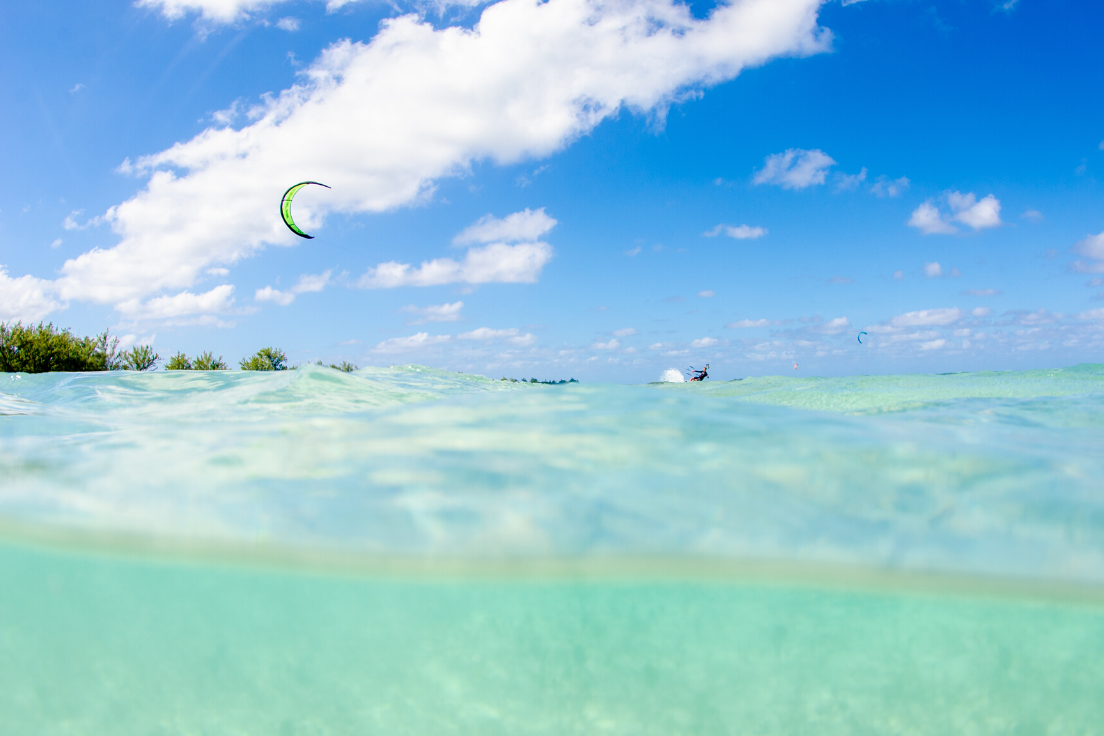
If you think Cayman would suit your business lifestyle and you’d like to find out more about living and working in the Cayman Islands, get in touch with us today. Join our community of over 250 diverse businesses.
* Please note this interview was conducted in advance of the COVID-19 outbreak. Greg French and the rest of the team at Cayman Enterprise City are practicing social distancing and working remotely to keep our communities safe.

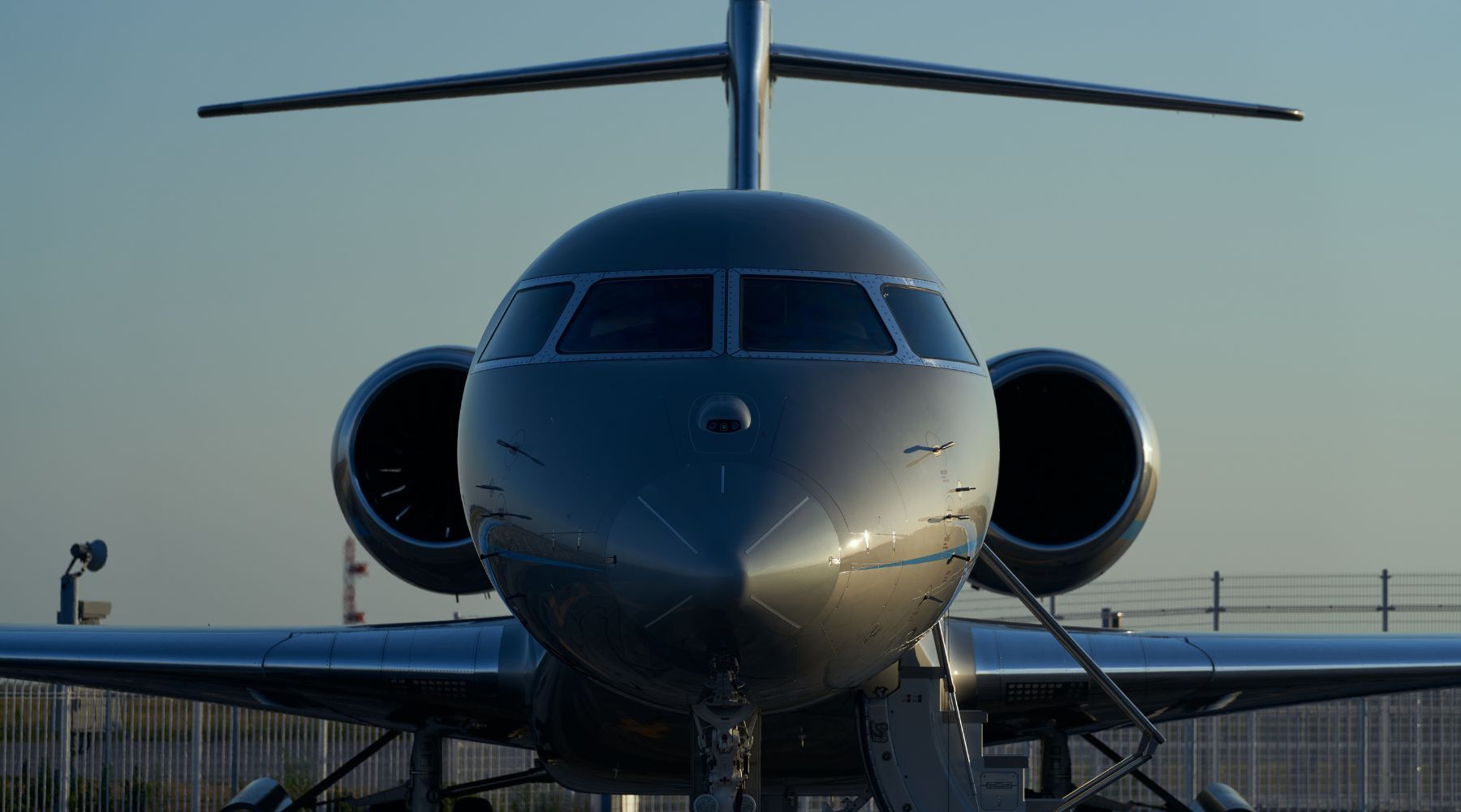
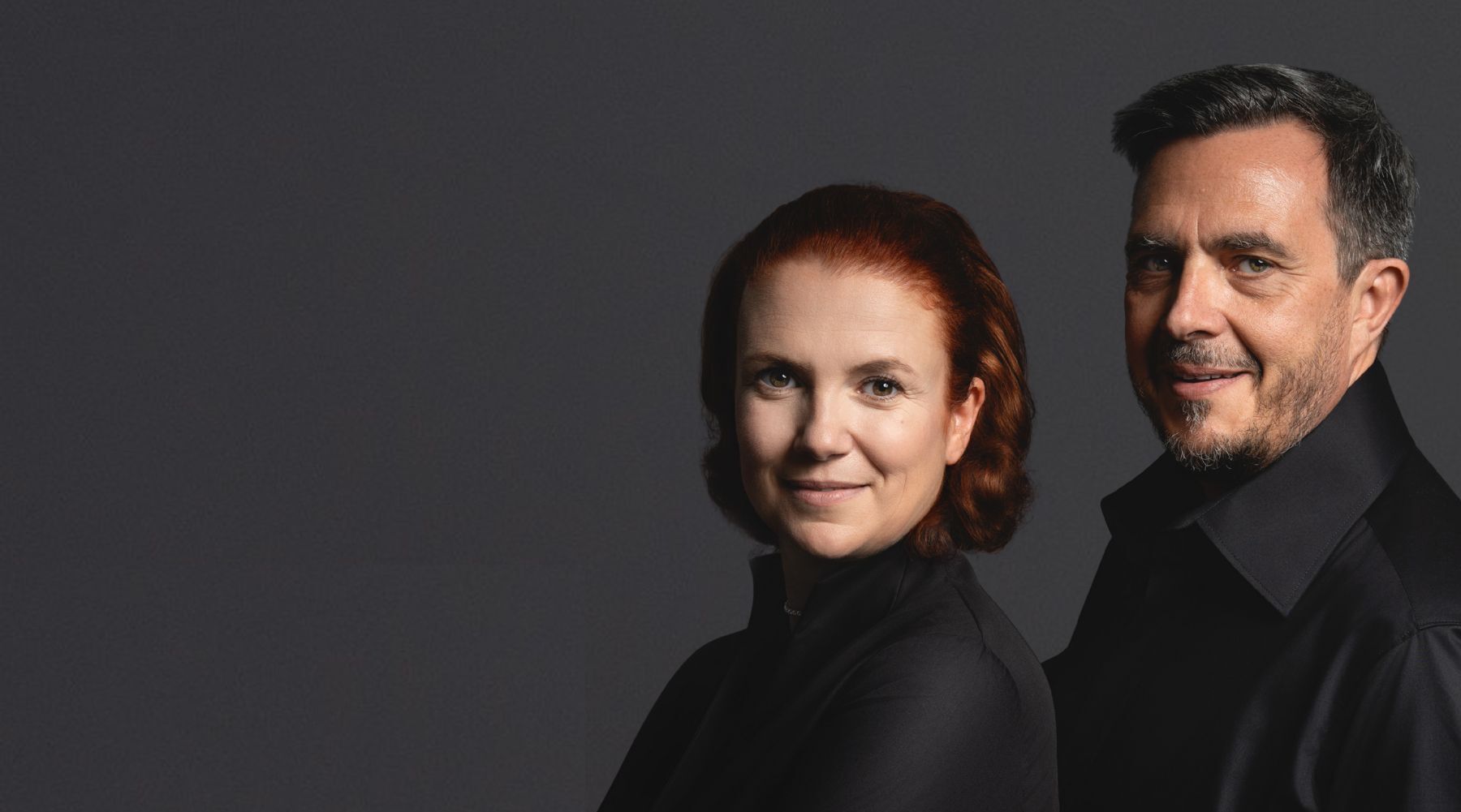
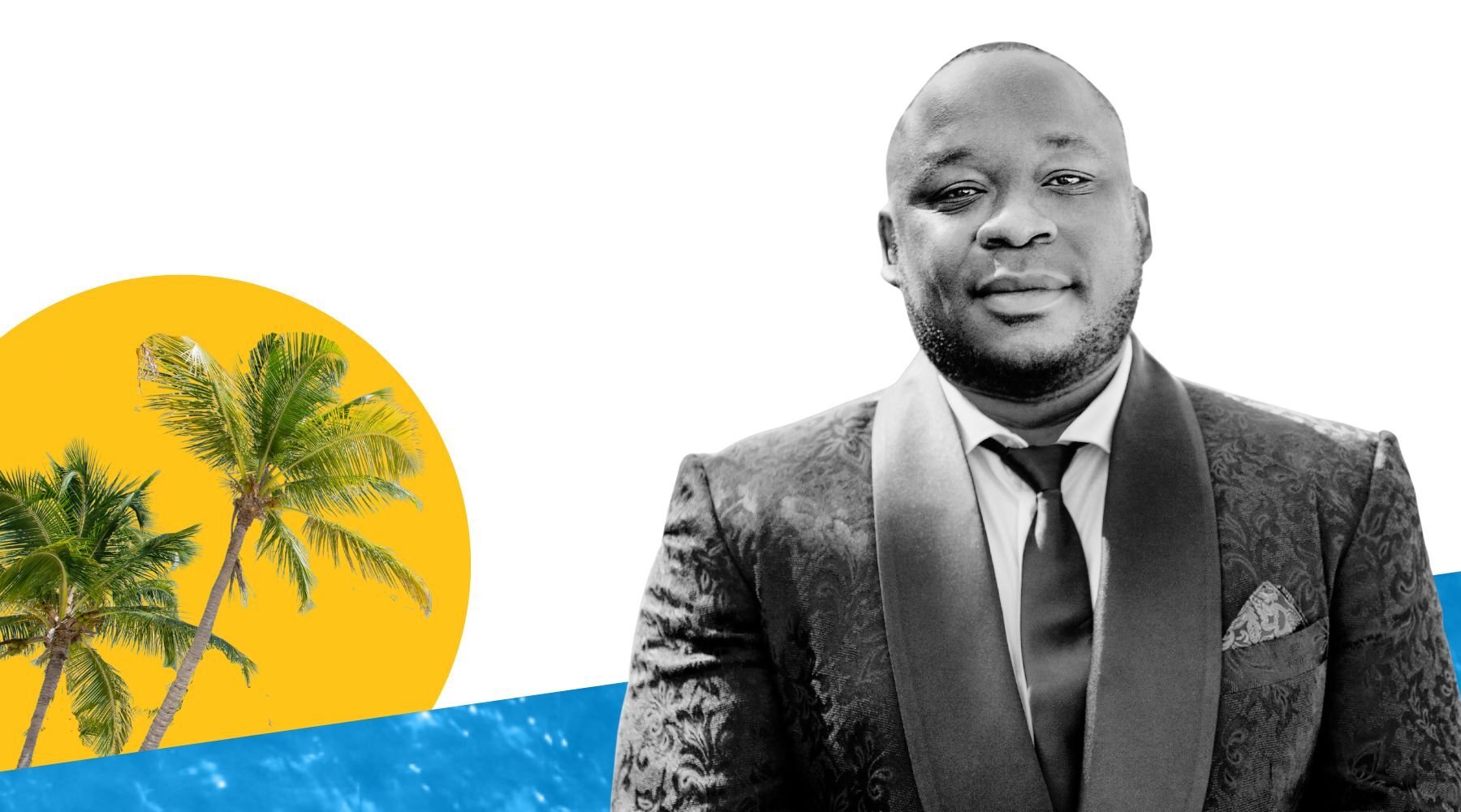
.jpg)
